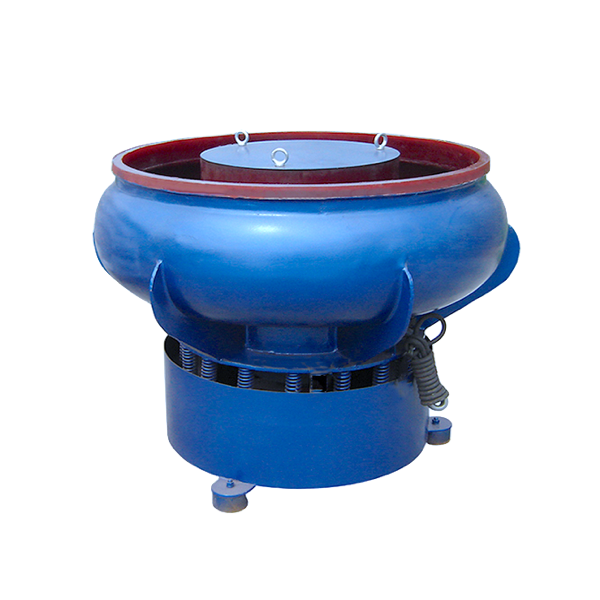
One of the first questions to ask yourself is how much time you have to spend tumbling. Traditional rotary tumblers take more time to finish materials than vibratory machines.
A vibratory tumbler can save you a lot of time in the long run, especially with large batches or delicate parts. Here are some of the reasons why.
A vibratory tumbler is a great tool to have when polishing metal and plastic workpieces in small volumes. It uses less abrasive media than rotary tumblers and finishes parts faster. It can be used for wet or dry operations, depending on the type and dimensions of your workpieces.
Large industrial vibratory tumblers can process a significant number of parts at one time, which helps reduce the total processing time and lower the cost per part. They are also easy to operate, and have a low up-front cost.

vibratory finishing machine with curved wall bowl
The industrial deburring tumbler machine from features a curved inner and outer processing channel that is ideal for tumbling large amounts of parts. It also comes with a separation sieve and a casting PU lining that is resistant to wear and tear. This lining protects the abrasive media and parts from making contact with the tumbler walls. This reduces the risk of damage and increases the efficiency of the machine.
High Efficiency
For jewelers, lapidary workers, reloaders, shell casings and more, a high-quality vibratory tumbler maximizes efficiency and results. Unlike rotary machines that only polish the top, sliding layer of the tumbler's load, vibratory tumblers work every piece of the material continuously.
This improves the polishing process and uses much less abrasives compared to ordinary tumblers. Plus, the smoothing process doesn't produce the rounding that you might get with rotary machines.
Vibratory tumbling also takes significantly less time to complete a batch than rotary machines. This mainly depends on the type of rocks being polished, but even with coarse grit it's often half as long as rotary machines. This means that you can crank through more batches in the same amount of time, which is a huge benefit for people who need to churn out a lot of materials quickly. This is especially important for deburring and surface conditioning applications. This model can be used with either wet or dry media and features a flow through drain to remove liquids and debris easily.
Low Maintenance
A vibratory tumbler does not require shafts, pulleys, eccentric weights or a motor to operate. Instead it uses interrupted electrical current to generate vibration as the power source. This results in less maintenance than a traditional tumbler, and more efficient operation.
Vibratory tumblers also do not break down or wear out the media as rotary tumblers do, so they use less of the grit and polish in a given batch of parts. This helps to lower the cost of finishing a part, as well as reduce the amount of time required to complete a deburring process.
Unlike rotary tumblers, vibratory models produce a smooth finish and can handle delicate or fragile workpieces. They can also process a larger quantity of materials in a shorter amount of time.
Vibratory tumblers are ideal for finishing 3D-printed parts and complex shapes. They can also process metal stampings and machined parts, descaling metal castings, and cutting radii on sharp edges of metal parts.
Moreover, unlike rotary tumblers that rely on the top sliding layer of workpieces for cutting action, vibratory systems cut all over the part. Therefore, they are the better choice for preserving the shape of preforms in gem production. Also, they can handle bulky or large parts like landing struts and long wingspans of aircraft without much stress. They can even cut inside a tube or cup shaped pieces, deburring every spot the stone can reach. They are also safer for fragile materials like ivory than rotary tumblers. Vibratory tumblers are available in bench model sizes for small, batch operations and in massive tub or bowl style systems for continuous or industrial production.